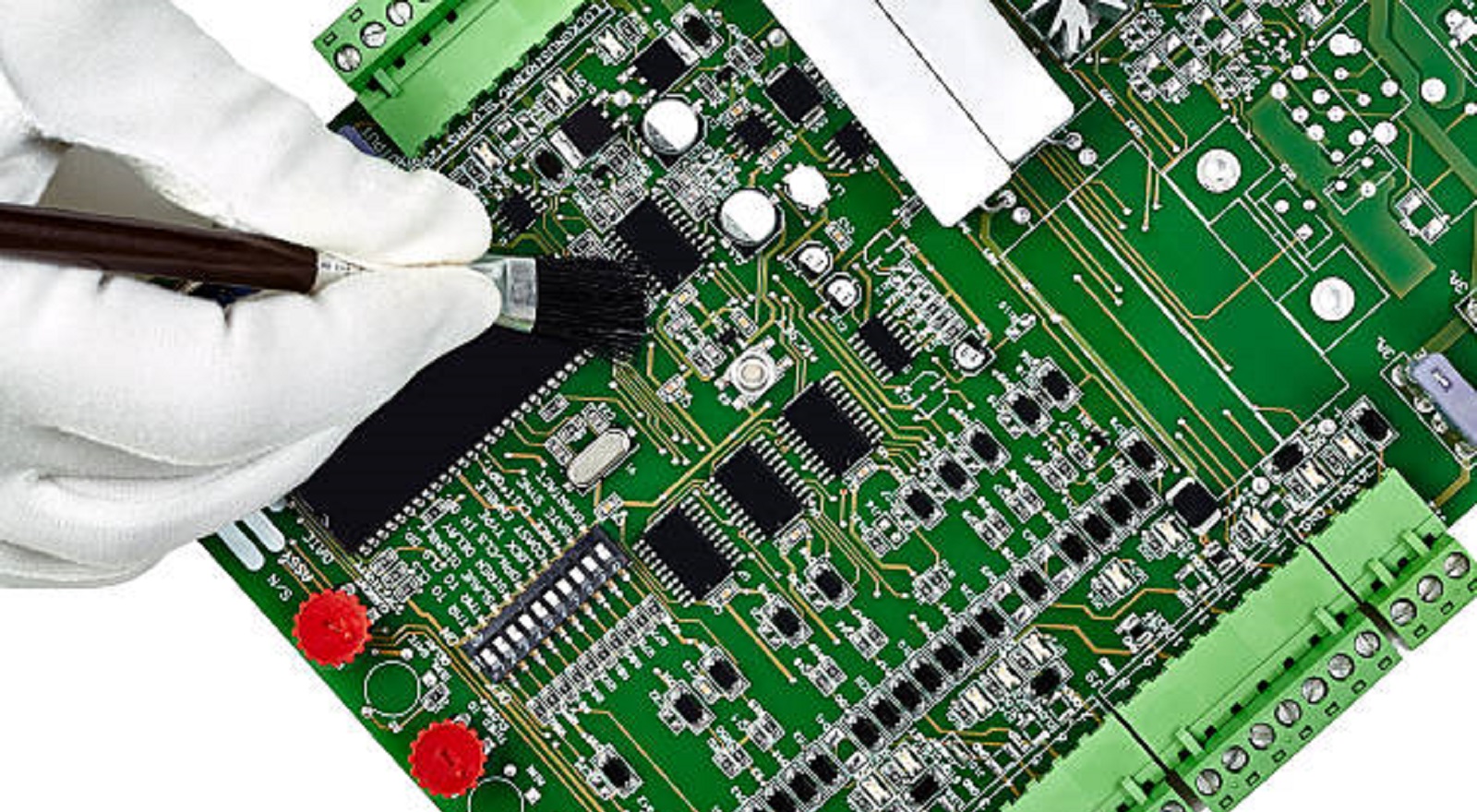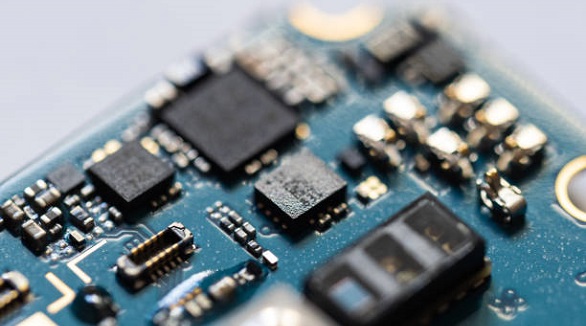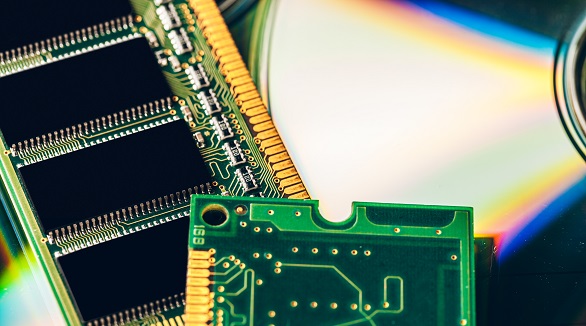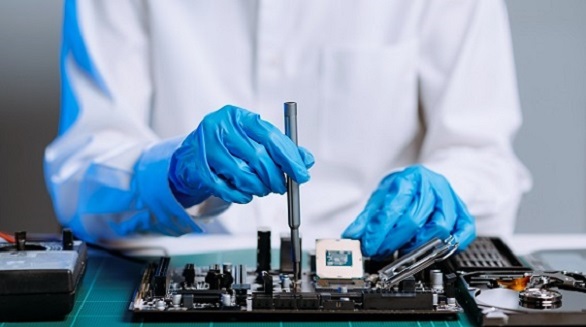What is the Best Waterproof Coating for Electronics?
Waterproof coatings protect electronics from moisture, preventing damage. Engineers must consider environment, material properties, and testing for the best fit.
As our world becomes increasingly interconnected, electronic devices are exposed to a broad array of environmental conditions that challenge their reliability and longevity. From mobile phones that get wet in the rain to sensors applied in agriculture or exposed security systems, the sealing of electronic components from water is essential. Waterproof coating serves as an important aid in the protection of electronics from moisture, humidity, and direct water contact, thus preventing corrosion, electrical leakage, and potential failure. But with so much waterproof material, how do the engineers know what coating is optimal? This article looks at some of the waterproof coatings on the market, offering some guidelines on selection in how to get electronics properly protected against water damage.
Electronics that are exposed to moisture pose several risks that include corrosion of metal parts, failure of insulating elements, and even reliability due to durability like electrical leakage in the long term. Water, if present, can cause spurious conductive pathways and trigger short circuits, device failure. Hence, covering assemblies and circuits with suitable waterproof coatings or encapsulants becomes crucial when electronics are exposed in wet or submersible conditions.
Key Factors in Waterproof Coating Choice
The choice of waterproof coating is a process involving knowledge of particular application conditions, material properties, and environmental factors. Engineers must consider:
Application Environment:
Exposure Level: Determine if the device will be exposed to occasional splashes or extended submersion.
Duration of Exposure: Determine if water exposure will be intermittent or continuous.
Chemical Compatibility: Consider resistance to specific fluids like saltwater or acidic environments.
Temperature Range: Ensure that the coating will withstand temperature extremes without degrading its characteristics.
UV and Abrasion Resistance: Determine if exposure to sunlight and mechanical abrasion is likely.

Repairability and Electrical Properties:
Repair Needs: Decide if a reworkable or permanent repair is needed.
Electrical Properties: Ensure that dielectric strength and conductivity are not adversely affected.
Application Method: Choose options like casting, brushing, spraying, or dipping depending on difficulty and sensitivity of the components.
Important Coating Properties
Different coatings have unique properties, and it's critical to match them to your application needs:
Curing Process: Coatings cure by solvents, UV light, heat, or catalytically at ambient temperatures, each affecting final properties.
Permeability: The degree to which water can penetrate the coating, from full impermeable barriers to those that allow slow diffusion of moisture.
Thermal and Mechanical Properties:
Temperature Range: Coatings must be able to operate within defined limits, typically between 120°C (248°F) and 230°C (446°F).
Flexibility: Ability to withstand bending and mechanical stresses, which is important for moving part devices.
Adhesion and Hardness: Adhesion that does not allow peeling, where hardness has a bearing on resistance to scratches and abrasions.
Electrical Properties:
Dielectric Strength: Maximum voltage the coating can withstand without failing.
Dielectric Constant and Dissipation Factor: Impact impedance and capacitance, with a bearing on general electronic performance.
Types of Waterproof Coatings
In order to make an informed decision, it is essential to know about various types of coatings:
Acrylics:
Simple and cheap.
Fast curing at room temperature.
Moderate protection, sufficient for devices with low exposure hazards.
Urethanes:
Good abrasion resistance.
Resistant to temperature cycling, UV light, and chemicals.
In rigid or flexible form to suit various applications.
Silicones:
More suitable for high-temperature applications due to improved elastic properties.
Best for conformal applications subject to humidity and UV exposure.
Epoxies:
Good adhesion and wide environmental resistance.
Well-suited for rough conditions, but may limit flexibility.
Parylenes:
Applied through vapor deposition, resulting in thin, uniform films.
Excellent dielectric and moisture barrier, but costly and hard to apply.
Application Techniques
Conformal Coatings: Provide thin protective layer on electronic equipment, applied through spraying, brushing, or immersion. Conformal coatings are best suited to applications with minimal water exposure.
Potting Compounds: Encase components in a heavy, protective resin; for use in devices requiring heavy protection at the cost of reduced serviceability.
Sealed Housings: Enclose entire assemblies in sealed enclosures, best for total immersion or extremely wet conditions.
Selection Criteria
When choosing a method of waterproofing, consider several factors:
Exposure Level and Mechanical Requirements: Conformal coatings for light exposure and moving components; potting for heavy exposure.
Thermal Management: Consider cooling demands since heavy coatings can insulate heat.
Voltage and Repair Needs: Conformal coatings allow for simpler reworkability compared to potting.
Cost Considerations: Material cost and application complexity should be aligned with protection demands and budget.

Qualification Testing and Best Practices
Confirm the reliability of the chosen coating through aggressive testing, including:
Cure Validation: Verifying proper adhesion and uniform surface coverage.
Electrical Testing: Evaluating dielectric strength and insulation resistance.
Environmental Simulations: Exposure testing under simulated real-world conditions to verify performance against moisture, temperature, and mechanical stress.
Thus, protecting electronic devices from water must be properly done with respect to available coverings and the nature thereof in comparison to specific applications needed. Environmental requirements, performance of materials, application methods, and subjecting them to stern tests in advance enable engineers to select and use the most suitable waterproof coating. They render electronics more durable and efficient enough to offer their services as desired within the wet condition. Finally, based on application, electronic devices can be taken to longer duration of service life and performance when properly waterproofed.
Hot Tags:
Contact us

If you can't find what you're looking for, please contact us.
Article

Waterproof PCBs enhance durability and reliability in electronics for consumer, automotive, medical, and industrial sectors, using protective coatings and enclosures.

Ensure PCB longevity by optimizing solder materials, protective coatings, and handling to meet industry standards and withstand extreme conditions.

Conformal coating protects PCBs but sometimes needs removal. Local removal uses soldering, solvents, or mechanical abrasion. Full removal is more labor-intensive, involving chemical stripping or extensive mechanical abrasion.
